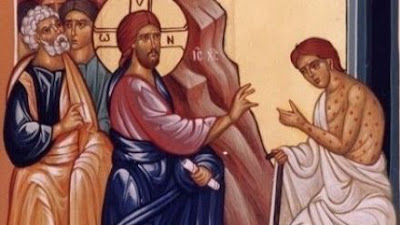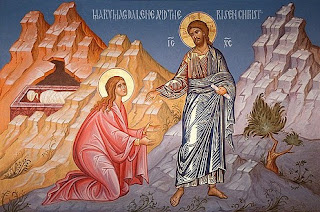Easter Reflection | A Time of Great Joy
Father Lance Harlow There is one word to describe the impact that the resurrection of Jesus from the dead has had on those who believe. That one word is joy. In the Gospel of Matthew (Mt 28:1-10), Mary Magdalene and the other women who go to the tomb on Easter Sunday are “overjoyed” at the news from the angels that Jesus has been raised from the dead. The angels tell the women to go quickly to inform the apostles and to go to Galilee where they will see Jesus with their very own eyes. This sequence of events might remind you of what happened 33 years earlier to some shepherds who were tending their flocks at night, when angels appeared to them and told them to go to Bethlehem to see the newborn King of the Jews. Joy, then, is the proper human response to contact with the realm of angels and the glory of God. It is the disposition of a heavenly life — a Christian life. Joy breaks forth into our human experience like the sunshine breaking through the clouds after a downpour. The joy





